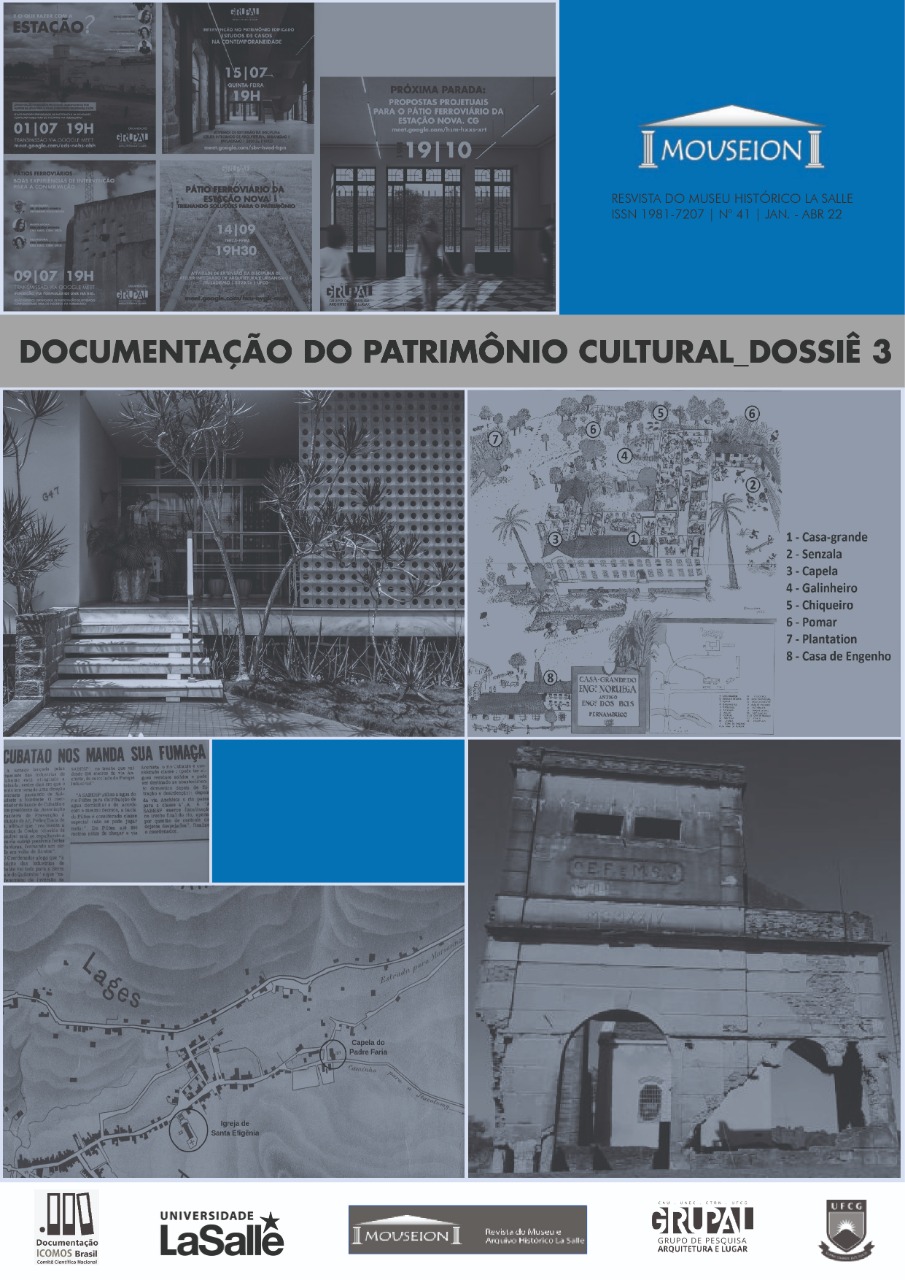The polysemy of the modern in the production of the Bairro da Prata in Campina Grande - PB: reviewing urban evolution
DOI:
https://doi.org/10.18316/mouseion.v0i41.9417Keywords:
Modernism, modernity, urban history, heritage preservationAbstract
The term modern is a notion that applies to different contexts, such as the identification of a style of architecture and actions and postures that denote the passage of time with an intuitive relationship to the sense of advancing. The sociocultural mechanisms that shape their notions are invisible, but their reflections are easily perceptible in the city, including in public policies and in the urban space. Aiming, then, to understand this variety of definitions for an urban context, we resorted to an investigation on the mediations between disciplinary fields to understand the social practices that establish such notions. The interest is due to the insistent use of the term modern to characterize urbanization processes that, in a holistic view, make up one of the layers that are related in the definition of an urban area. The purpose of this analysis is due to the ironic controversy of the term in the production of space in the neighborhood of Prata, located in Campina Grande. It is an area of expansion that coincides with the modernization of the national and local organizational structure, also being the period in which the modern architectural movement reached its peak.Downloads
Published
2022-05-17
Issue
Section
Dossiê
License
Authors must submit their manuscripts to be published in this journal agree with the following terms:
Authors maintain the copy rights and concede to the journal the right of first publication, with the paper simultaneously licensed under the License Creative Commons attribution that permits the sharing of the paper with recognition of authorship and initial publication in this journal.
Since the articles are presented in this journal of public access, they are of free use, with their own attributions for educational and non-commercial purposes.


